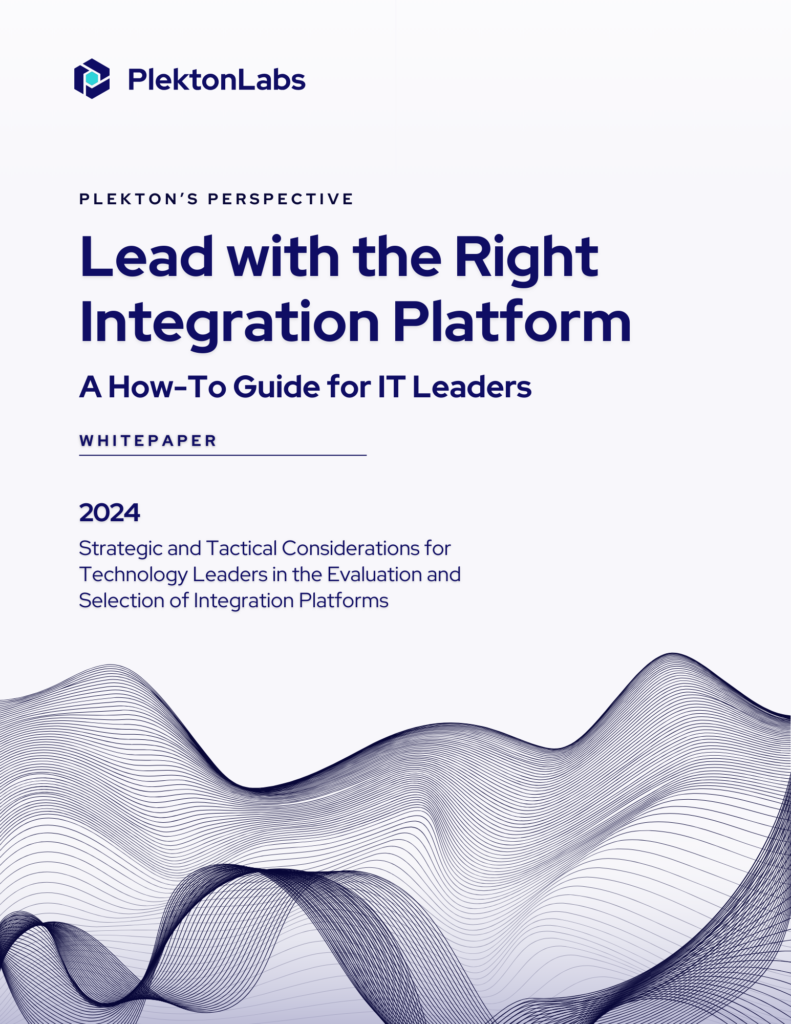For a long time, REST APIs were the standard through which developers and software architects created and managed most API ecosystems. But over time, REST APIs became slightly less relevant and were replaced by other kinds of APIs. From these, event-based APIs emerged as the more effective and functional variant among APIs.
Because of this, many businesses started including some kind of event-based service in their API ecosystems. In fact, nowadays lots of companies across the world use a combination of REST and event-based services in their API architecture. This post looks at the two API types and why they work well in tandem.
Steady Reliable REST APIs vs. Flexible Asynchronous Event-Based APIs
The architectural style of a REST API is straightforward and the interface is easy and user-friendly. It also simplifies the connection between the client and the server. Moreover, one of the best things about the REST API is that it builds a stable foundation to offer a wide range of capabilities.
REST’s focus on using the HTTP protocol to produce resources using unique URLs is the main reason why the web as a whole has been so successful since its inception. Besides this, all REST API approaches are synchronous; in other words, there is a fixed sequential pattern in the manner in which data is sent and received.
Although REST API-based services are great for document-oriented and large-scale resources aimed at ordinary web browsers, they have trouble keeping up with the speed of change and innovation. Furthermore, there is a demand for real-time interactive services, thanks to the boom in smartphones, and REST services just aren’t made to deliver these real-time services. This is where event-based APIs come in handy.
But as consumers demand faster and more frequent data transactions, companies are increasingly investing in product infrastructure that enables these transactions. While APIs have become a technological necessity, they are usually based on request-response type interactions. This tends to slow them down in real-time situations. This is where Event-based APIs come in.
To put it simply, request-response is a message exchange method where a requestor sends a request message to a response system. The response system receives and processes the request, and sends a message in response. This system works well for more structured requests, but limits integrations to those where both parties have a clear idea of what each wants from the other.
In an event-based approach, applications integrate various services and products by event-driven interactions. These interactions are initiated by event emitters, event consumers, and event channels.
Meanwhile, the events themselves are generally considered as ‘changes in state’ that are created, published, detected, or consumed. This system supports loose coupling amongst software components and services. It works because an event emitter does not have too much about the consumer at all. Whereas REST APIs focus on resources, event-based solutions rely on asynchronous actions in a pattern known as event sourcing aka ES. In the ES world, every event is shipped to anyone interested. One of the unusual features of event sourcing is that almost all transactions that can change their state can be reversed with another transaction.
Why Businesses Need Both
Why do many companies and firms incorporate both REST APIs and event-based approaches in their API architecture? Because they each have their own functions. While REST APIs aren’t as popular as they once were, they are nowhere near obsolete. Businesses need the stability and standardized processes that REST APIs rely on.
However, to match the speed and agility needed nowadays, they also need the flexibility that event-based APIs provide. Customers demand fast responses from a variety of interactions–which is why event-based approaches are vital now.
Summing Up
Once the number of microservices in business grows there’s a good chance that there will be a greater need for event-based interactions. Most microservices work better for scaling and recovery if asynchronous interactions are involved. If your business wants to increase the number of real-time services and interactions, then it will need to utilize and manage multiple asynchronous approaches and APIs. When designing APIs for clients, think of event-based methods as a tool that delivers real-time, interactive services with speed and agility.





